Day 206: April 1, 2014
With wide, relaxed, tree-lined avenues, truthfully the city of trees is just that. Sendai is a city with deep history and vivid culture. I was glad to have a few days to explore the combination of sightseeing and hiking at my own pace. Below is a quick look at some of the highlights that Sendai仙台 has to offer.
Otamayashita: Hike to the Otamaya (spirit hall) of the first feudal lord of Sendai-Han. (杜の都 Mori no Miyako)
Nehanmon: Nehan (nirvana) translates as freedom from worldly desires and the attainment of spiritual enlightenment. In a wider sense, nehan also means the after life. The main gate of Zuihoden is named Nehanmon.
Zuihoden: Zuihoden is the elegantly ornate spirit hall of the founder and lord of Sendai-han, Date Masamune. Climbing up the stone steps and into the majestic cedar forest surrounding the Zuihoden, you can really feel a an apparent difference from the world outside, both physically and mentally.
Securing Safe Housing, Sendai: According to The Japan Times, 89.5%, or 19,764 units of temporary housing in Sendai still had residents as of March, 2014. Defense against the largest tsunamis have brought Sendai’s reconstruction efforts further inland and to higher ground. But the slow progress in clearing highland areas has made relocating entire communities a daunting task.
“I don’t know how many more years we need to spend before we get out of temporary housing, but I can’t ask for more when my family is safe and sound.” Talking with the other volunteers, it was apparent that the attitude in Tohoku is of nothing but gratitude.
Osaki Hachimangu Shrine: One of the oldest and most recognizable buildings in Sendai, built in 1607 by order of Lord Date Masamune. The oldest Momoyama-style building remaining in Japan, and a National Treasure.
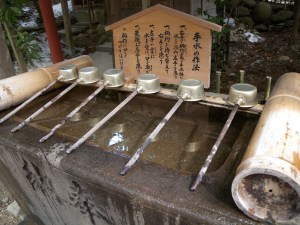
Really neat and authentic. This shrine is noted as a national treasure for it’s age and preservation.
Sendai-jo & Mt. Aoba: Although Sendai Castle was all but destroyed during WWII, a trip to the top of Mt. Aoba is still worth the effort. Not only can you look forward to panoramic views of the city below, but the inner grounds are lined with shrines and souvenir shops.
“Gyutan” (牛タン): Before departing the city of trees, it was obligatory that I try the real Sendai special:
Beef tongue over rice and (as a bonus) a few extra pieces in your soup. In all fairness it did taste delicious. Just like steak. With a ‘unique’ texture. Oishii!

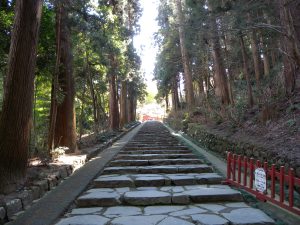
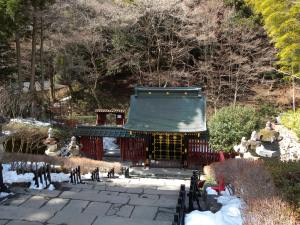
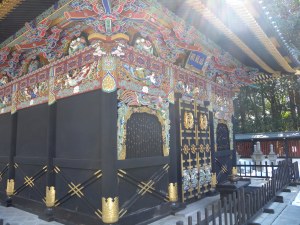
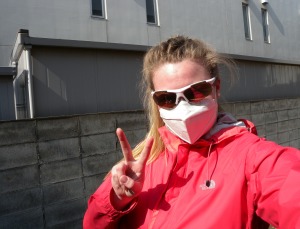
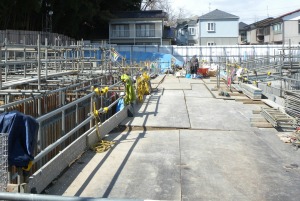
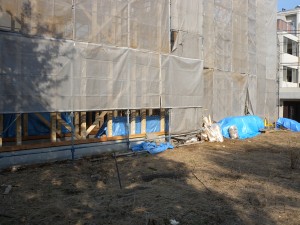
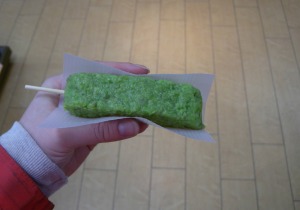
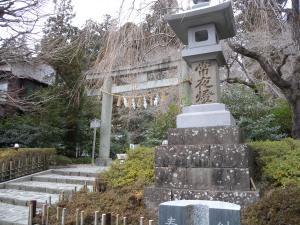
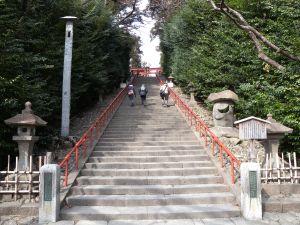
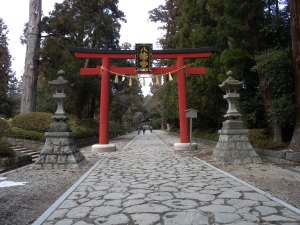
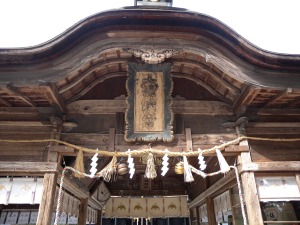
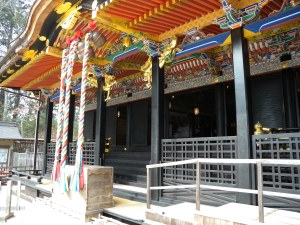
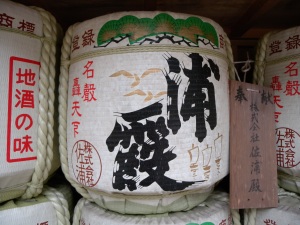
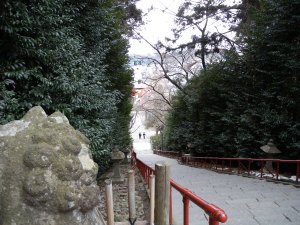

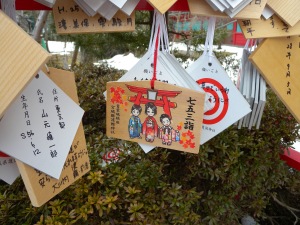
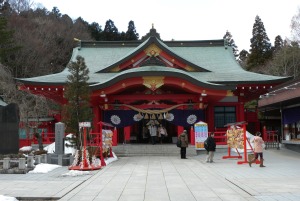

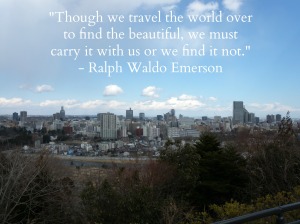
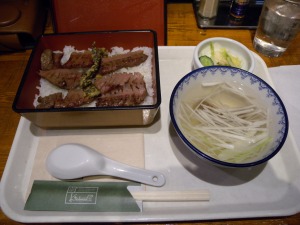

Oh man! That Gyu-tan lunch photo just got me so hungry! Great blog Kate – thanks for taking the time to share!
another fabulous post
Very peaceful looking.